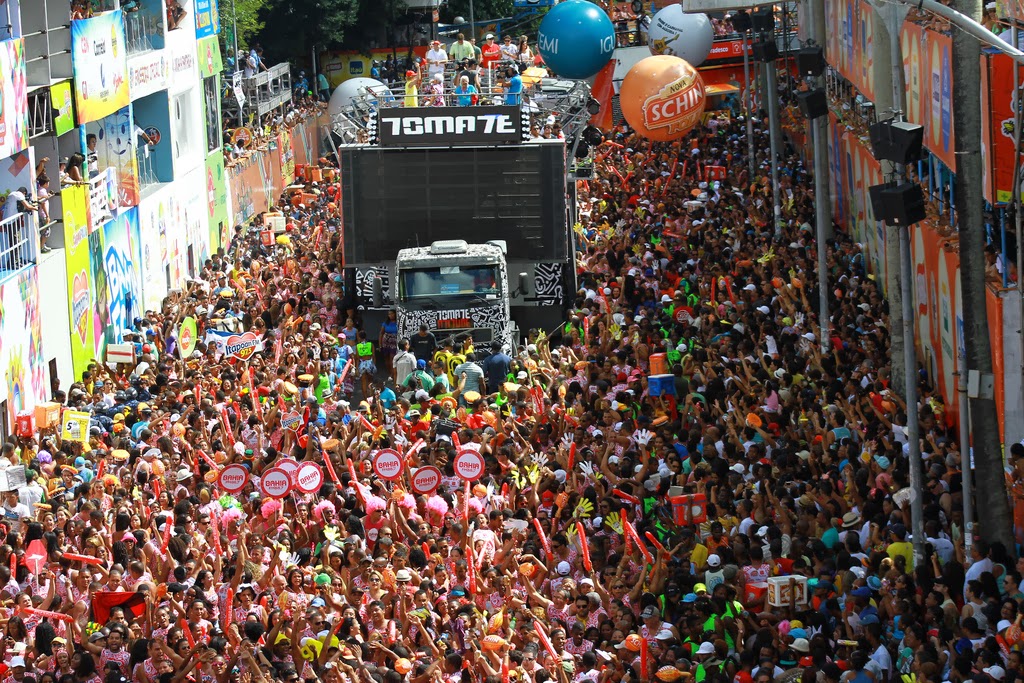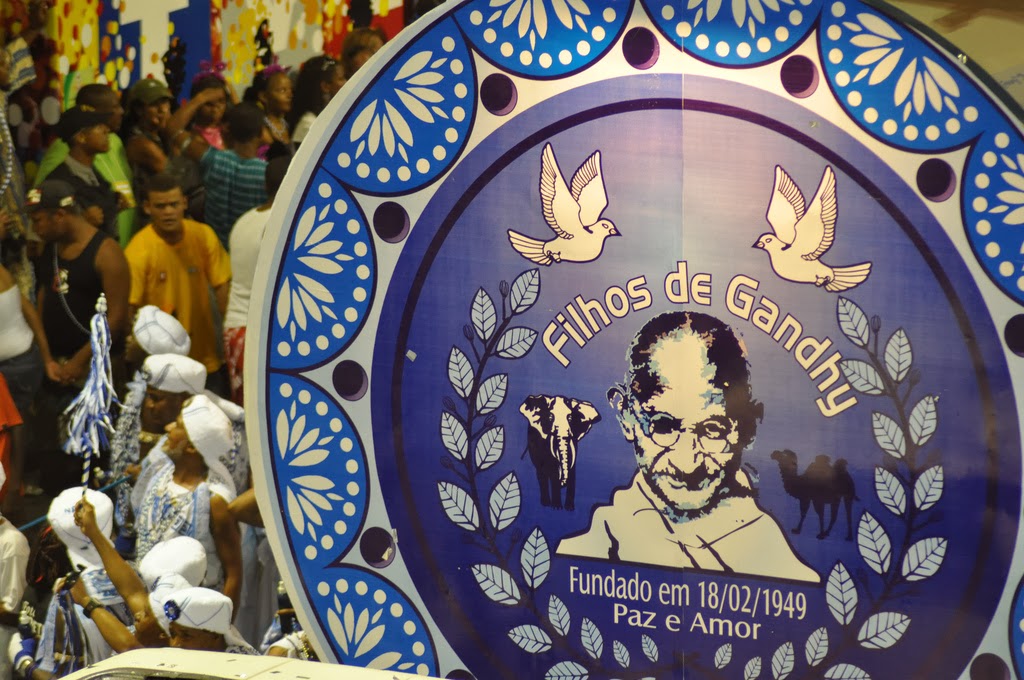
Whenever you are vising a foreign country, you will have opportunities to learn, to enjoy, to be surprised. However, you will also find reasons to complain, if you keep looking for them!
For those who come to our country with a positive attitude and an open mind ALWAYS get the most out of their stay :)
It works like a mirror: the more you try to understand us, the more willing we will be to understand you. And believe me, when in a foreign country it is much better to live among friends!
Credit to learn-portuguese site for this article.
When Meeting People...
- Men usually shake hands when greeting one another, and keep eye contact.
- Women usually kiss each other on their cheeks. Twice when both are married, three times when one of them is single. On this case, the married one says "Três, pra casar!", meaning 'three kisses, for you to get married".
- Hugging is a very common way of expressing acceptance and friendship, especially when you haven't seem your friend for a long time. Backslapping is a little more common in business and in casual relationships.
- When a man and a woman are going to shake hands, it is common for her to extend her hand first.
- Brazilians can say whatever they want about their government. (Foreigners are expected to be a little more careful.
When Invited to a Brazilian's House...
- Small gifts exchange is a common practice.
- Flowers will ALWAYS be welcome! Any color, any size!
- Gifts are usually opened when received.
- Wear simple clothes. Brazilians receive guests in a very informal way.
- In case you do not bring a gift to the dinner, you can send a 'thank you' card (or a small gift) on the next day.
- And last, but not least: arrive on time - though being late is said to be a Brazilian characteristic, it is not a rule yet!
When Doing Business with Brazilians...
- Always use local lawyers for negotiations.
- Let Brazilians know you before you start doing business.
- In case your Portuguese is not quite fluent, it would be nice to hire a translator.
- Though it is acceptable to interrupt someone who is speaking, it is NOT the rule! :-)
- Remember that you are more important than the company you represent. Treat them likewise.
- Communication is usually informal AND you are expected to share your opinions on the subject.
- Take your time to build a natural personal relationship before raising the business subject.
- Never embarrass a participant of the meeting by criticism, or you will lose face with the whole group.
- Feel free to ask questions about the company you are dealing with - and expect the same from Brazilians.
- Whenever possible, meet Brazilians face to face. They will feel more comfortable than communication by e-mail or phone.
- As Brazilians negotiate in a personal level, it is a good practice to keep the same team till the end of the negotiation.
- Some people you negotiate with will not have the final decision-making authority. However, they are the ones who will 'sell' your ideas to the big boss.
The Brazilian way of being. Easy to translate, more complex to describe. It's a remarkably seductive warmth and generosity of spirit, an ease and comfort in one's own skin that's contagious, an ability to relax and enjoy life, with and without life's adversities; it's an ability to break into song to make a point in the middle of the supermarket, it's a way of laughing and gesturing, of walking and talking . . . and speaking of talking, Brazilians also have another amazing talent: they can talk and smile at the same time. How do they do that? Barbara Lowenstein said: "I've tried it, and it's not easy if you haven't grown up doing it. And it doesn't work with English at all, the neurons that control the mouth movements of English speakers just aren't programmed the same way as for Portuguese speakers".(Visit blog Tropical Daydream)

























































